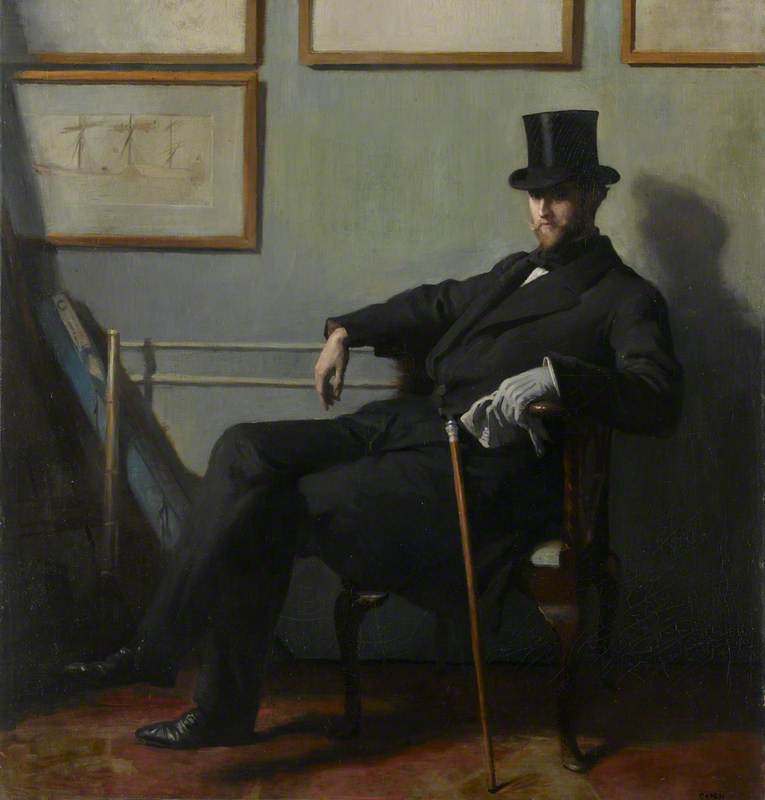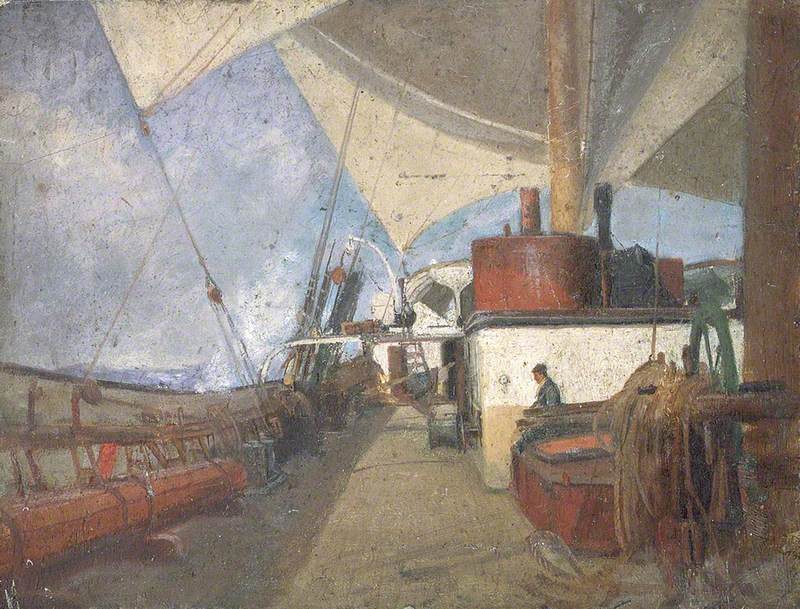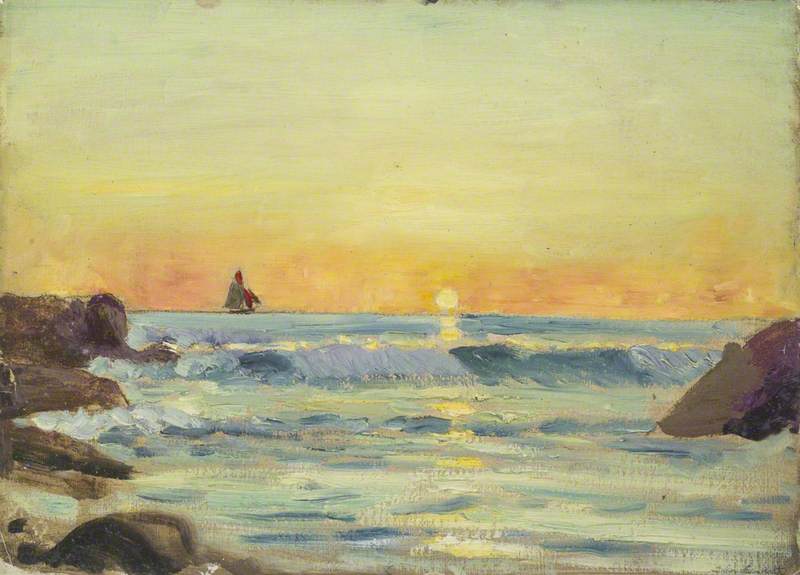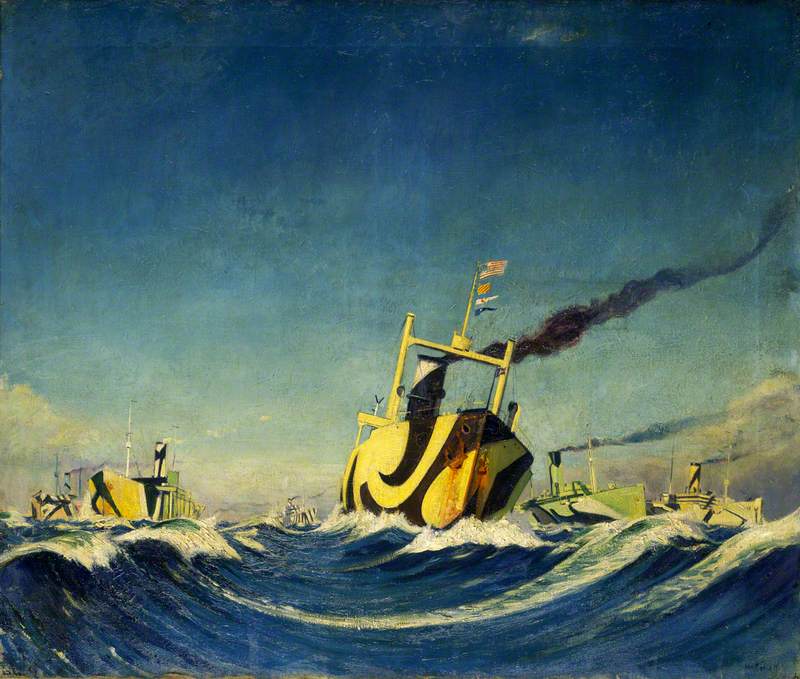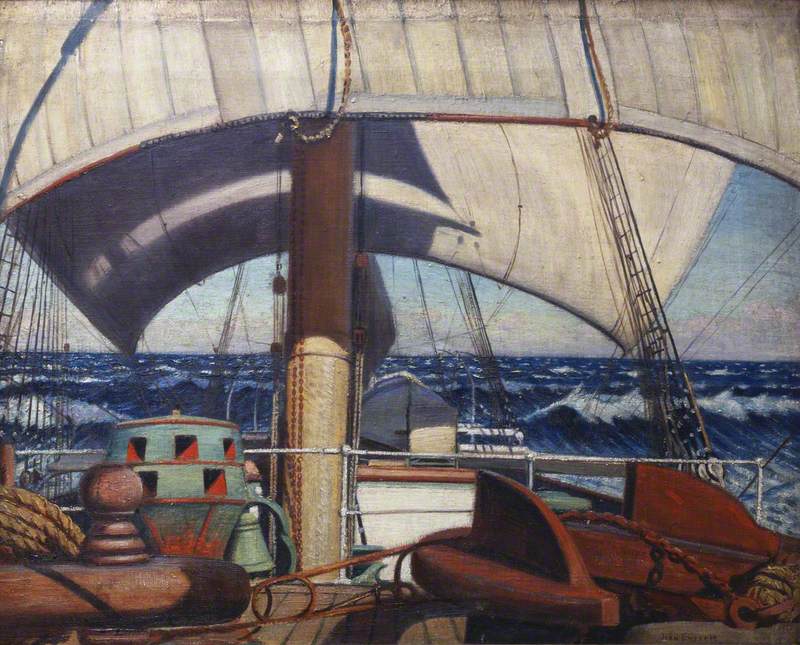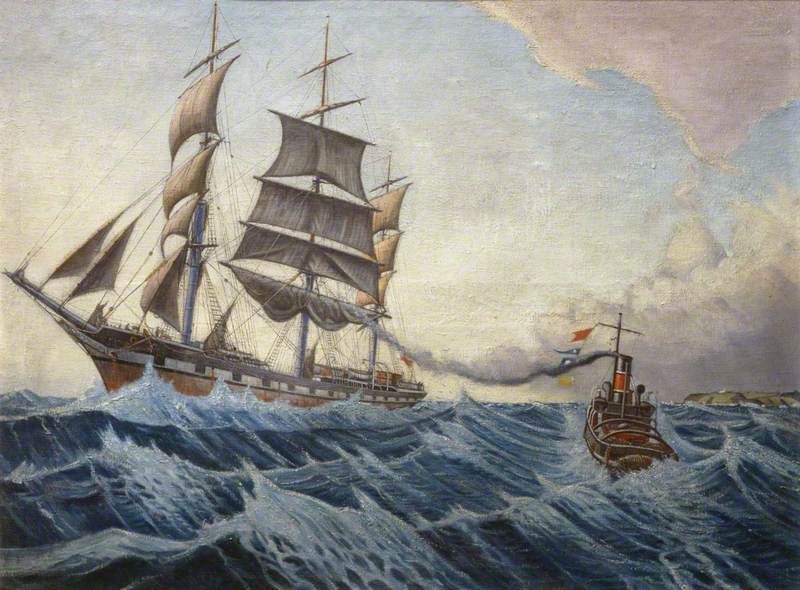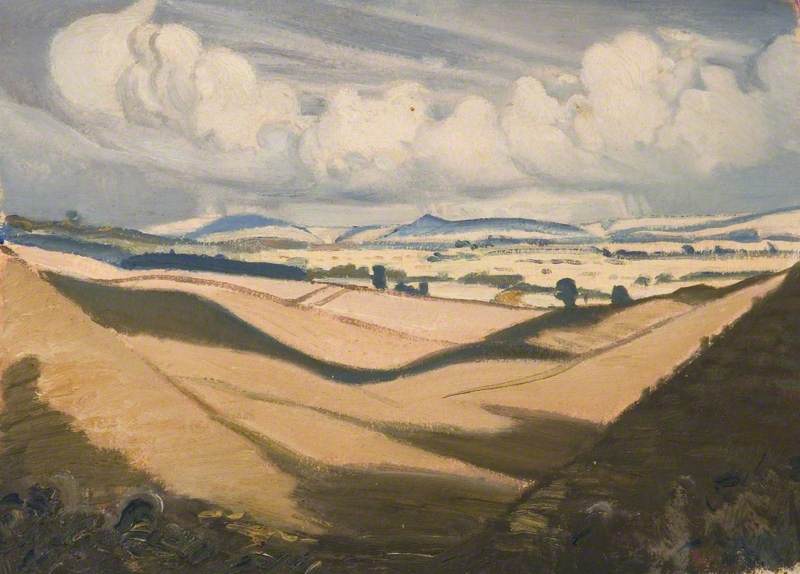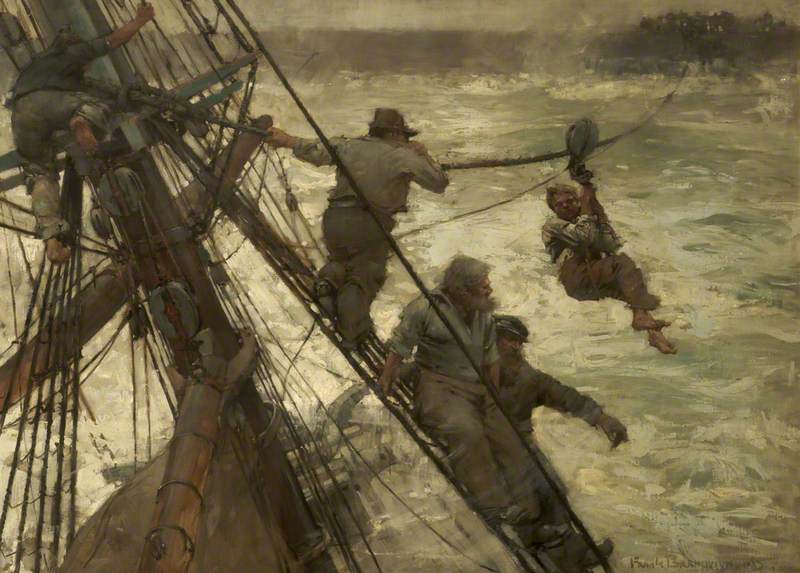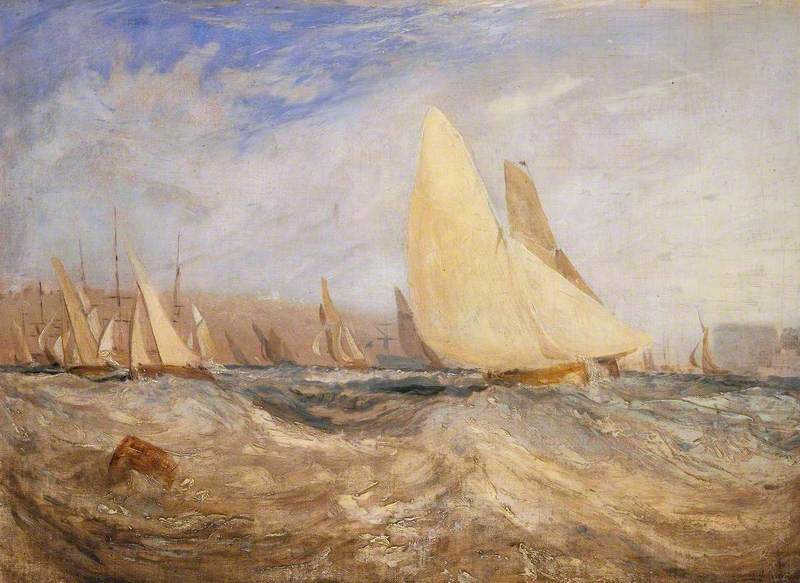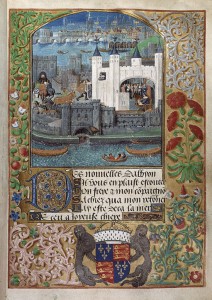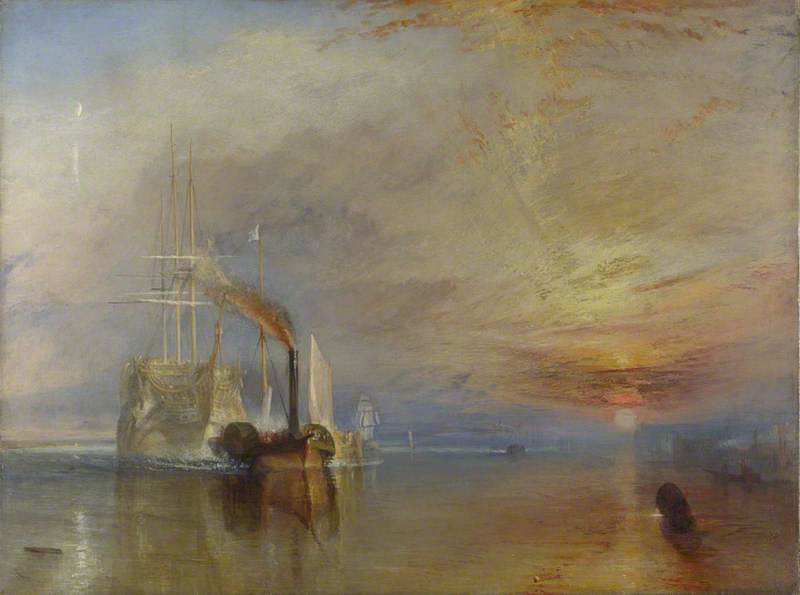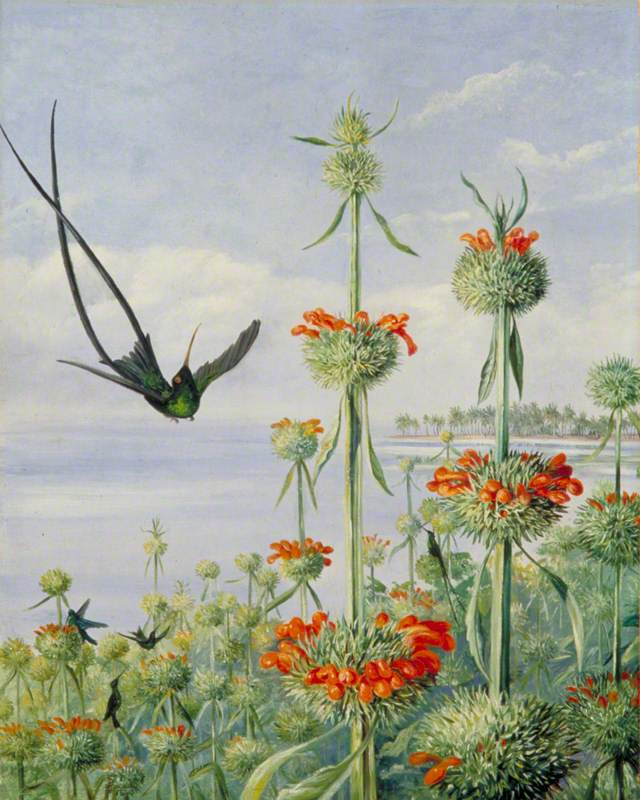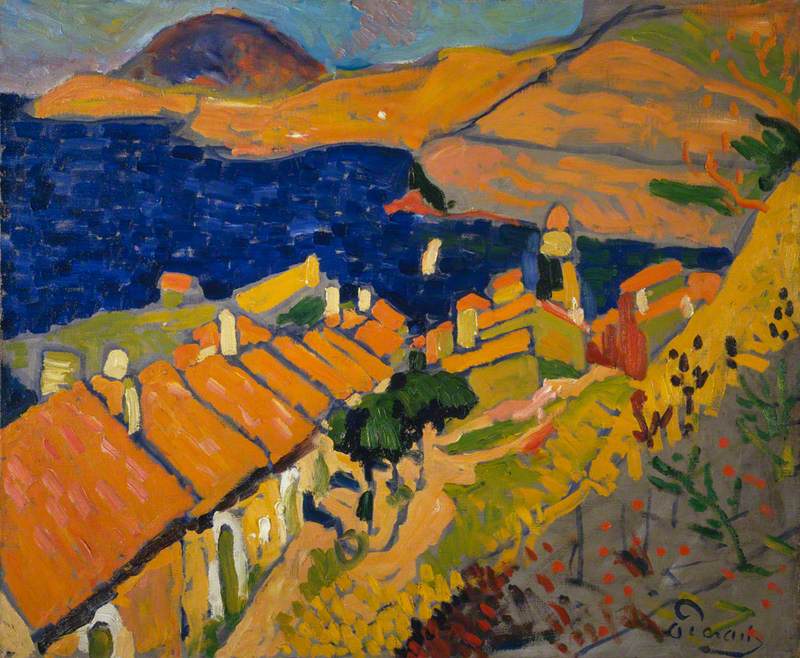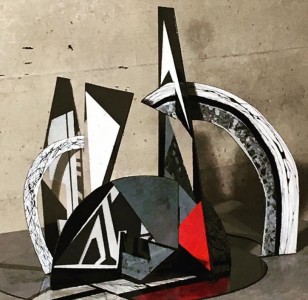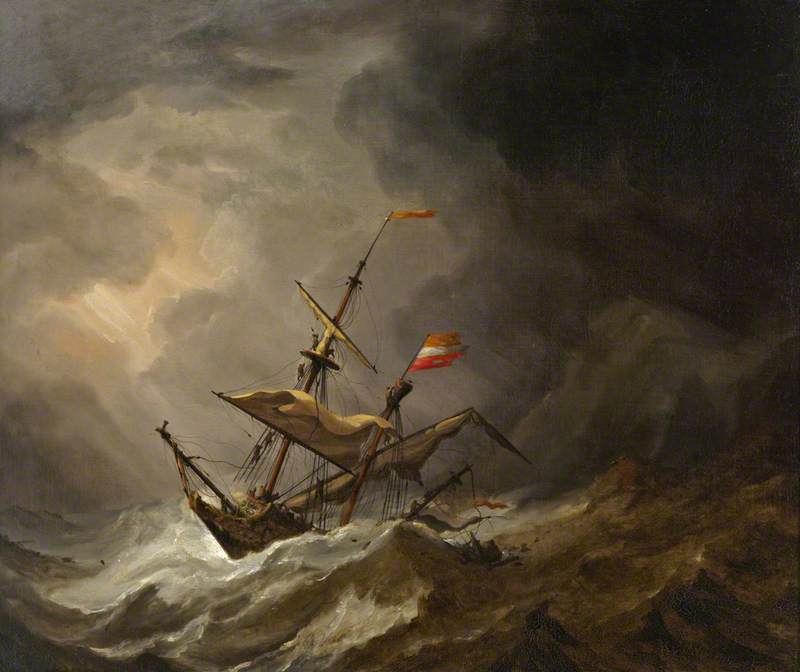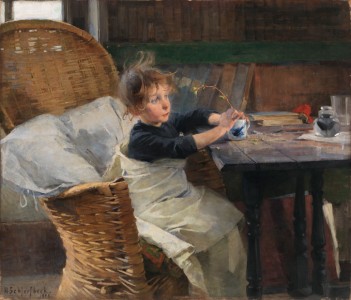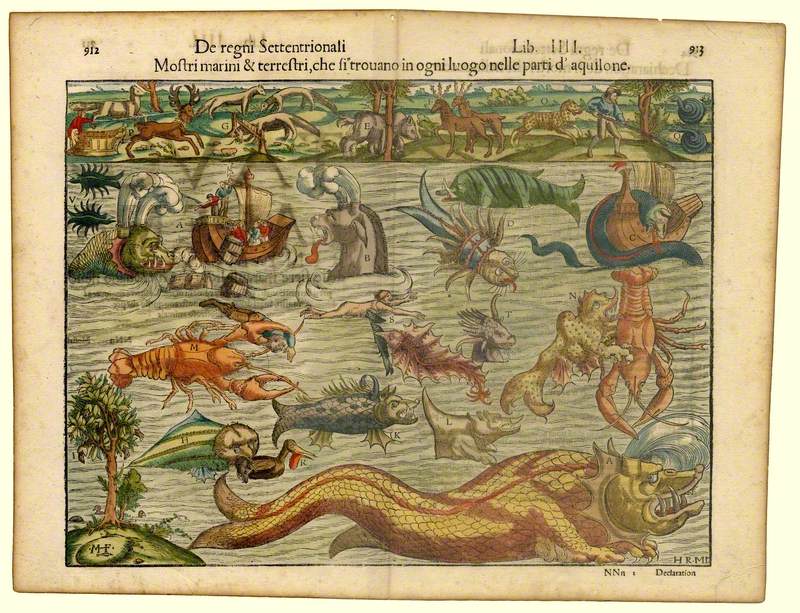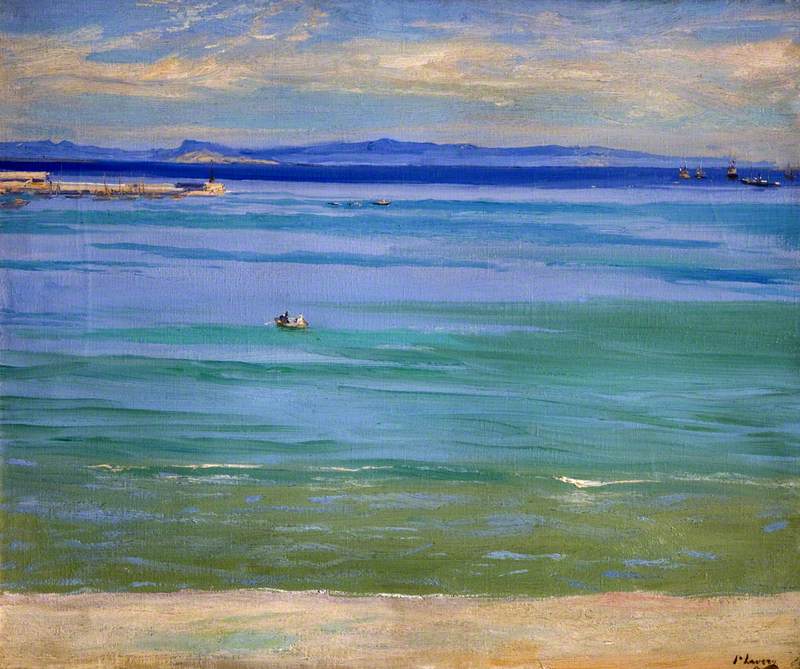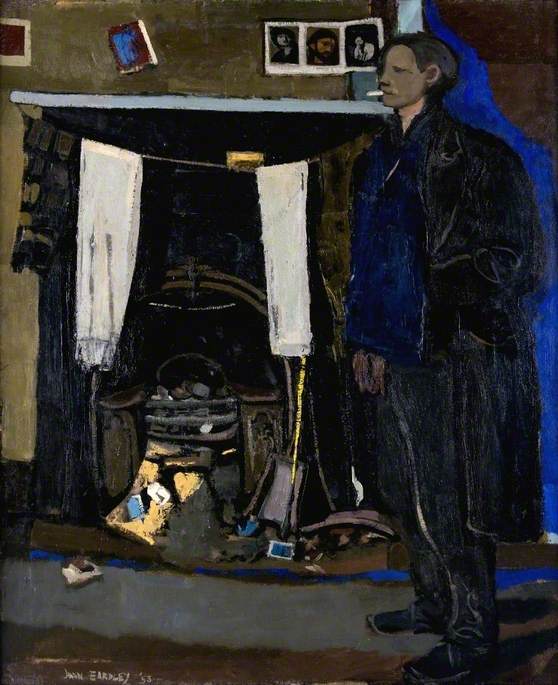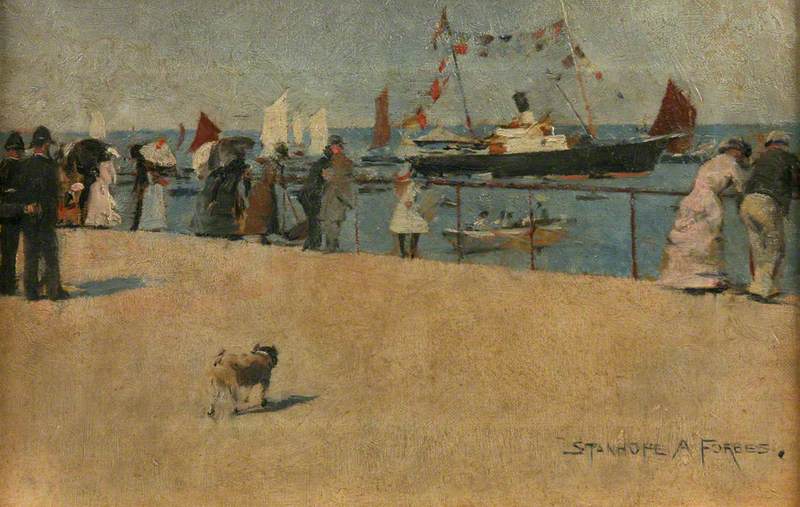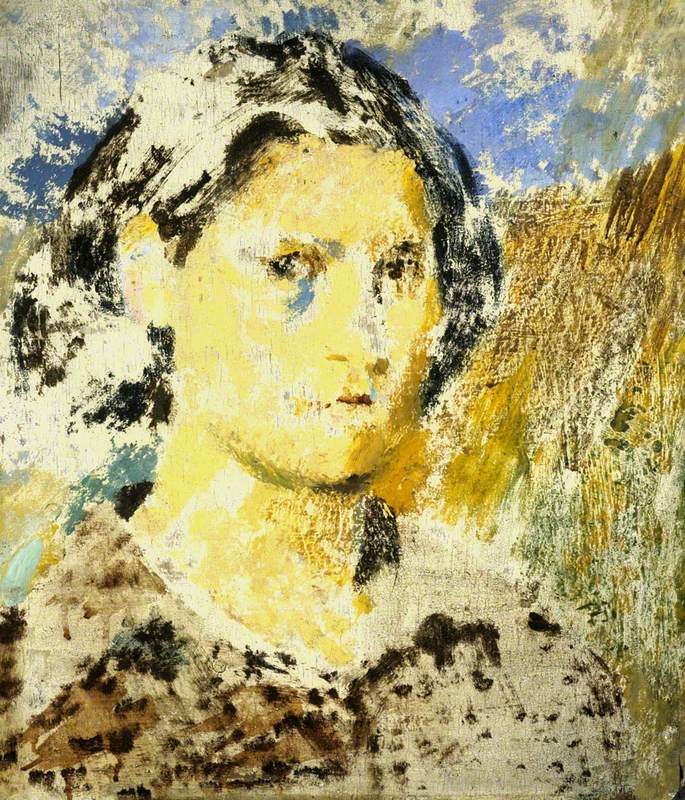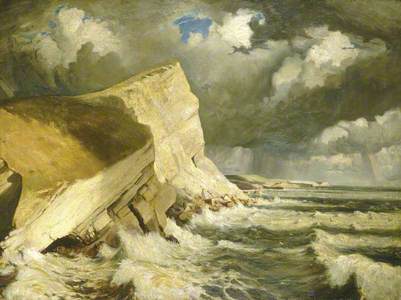John Everett's 1,058 oil paintings form one of the nation's largest collections by a single artist. Despite this he has remained relatively unknown, until the 2016 exhibition 'Inquisitive Eyes: Slade Painters in Edwardian Wessex' at the Royal West of England Academy, Bristol. Everett occupies a unique position in the canon of marine painting through a lifetime's artistic response to the sea.
Herbert Barnard Everett, who was born and brought up in Dorset, changed his name to John in 1901. Well connected and a man of private means, he did not need to earn a living and focused instead on his dual passions of painting and sailing. His aversion to publicity and denial of the path taken by his artistic equals means his work has largely been overlooked. Everett knew his maritime paintings formed an important record and bequeathed them to the National Maritime Museum, with other work going to various institutions.
Everett joined the Slade School of Fine Art in London in 1896, where fellow students included William Orpen, Augustus and Gwen John. They rented rooms in a house in Fitzroy Street from Everett's mother Augusta and used them as studios. Orpen painted important early works there – his portrait Herbert Everett reinforces Everett's significance to this important group of early twentieth-century painters.
In the summer of 1898 Everett left the Slade for a year and signed on as second mate in the deep-sea merchant sailing ship Iquique. Bound for Australia, he worked his passage as a member of the crew often climbing to the top of the rigging in bare feet, but also painting every day. Everett felt it was 'a man's life in sail' – a means of escaping the irritations of life ashore, endorsed in his deck scene. He resumed his Slade studies the following year.
In 1901 Everett married his cousin and fellow student, Katherine Herbert and after a disastrous honeymoon voyage to Tasmania on the Brier Holme, they settled in Dorset. There they were visited by 'Sladites' – the subject of the 2016 'Inquisitive Eyes' exhibition. Everett disappeared for months to paint and sail each summer around Poole Harbour. He created over 80 dramatic sea sketches of Worbarrow Bay and a large oil Gad Cliff.
Every August, Everett sailed to Cowes to paint the racing yachts. He worked on harbour scenes in France – La Rochelle: Fishing Boats at the Quai des Dames is indebted to Matisse and the Fauves.
La Rochelle: Fishing Boats at the Quai des Dames, in front of the Fish Market
1920s
John Everett (1876–1949) 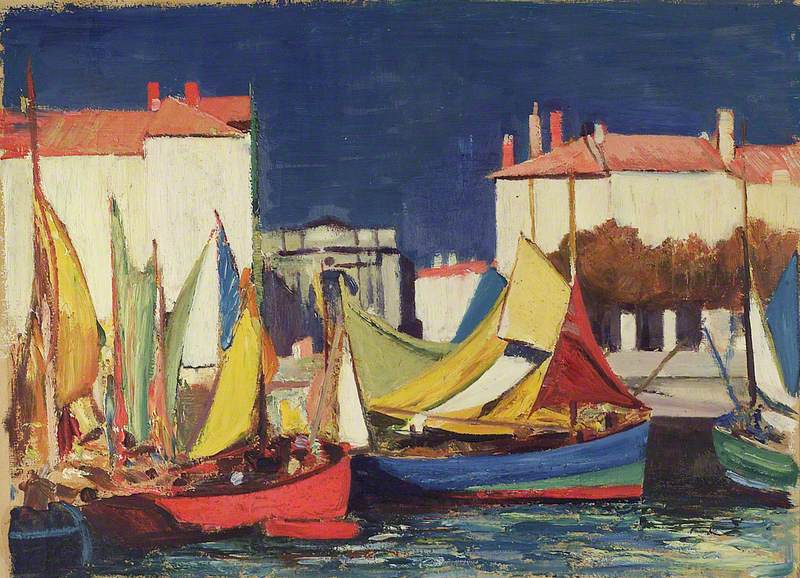
Everett often painted in St Ives and a strong body of work relates to winter trips to the coasts of Cornwall, Brittany, the Channel Islands and Ireland, painting powerful rollers breaking close to shore.
When Everett's marriage failed he headed for London. In April 1918 he was commissioned by the Ministry of Information to make drawings and paintings of wartime London docks and the Thames, especially the visual effects of dazzle shipping. This was a form of camouflage for ships in convoys during the war, intended to confound the German U-Boats.
After the First World War Everett returned to deep-water sailing on the Birkdale, a trip he recorded in detail. Rising before dawn to paint the sunrise, he also documented passing ships and sketched life on deck.
Yucatan Straits, Gulf of Mexico, from the 'Birkdale'
1920
John Everett (1876–1949) 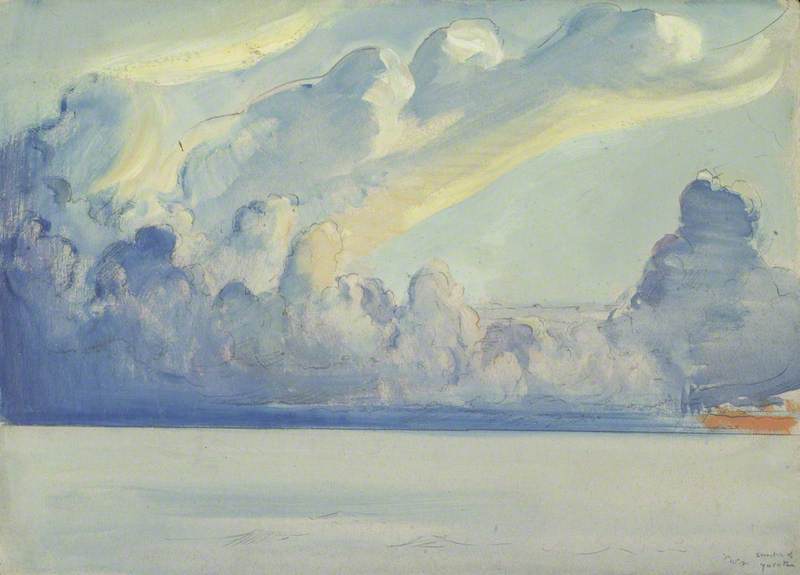
Vividly coloured modernist cloud and wave patterns capturing momentary effects reflect the influence of Cézanne and Matisse, though he also painted lyrical seascapes.
In capturing fleeting effects of the sun's rays over the surface of water, Everett paid homage to J. M. W. Turner. Some sketches focused solely on the ephemeral nature of the waves, others showed an empty horizon, or removed the horizon altogether.
Everett undertook one sea passage a year, initially in working sailing ships, which by the 1930s gave way to steam. He admired the resourceful deep-sea sailors and painted them sewing canvas or scrubbing decks.
His storm scenes feature men in the rigging or standing on a wet sea-laden deck, as a wave breaks over the bow. Everett experimented with unusual compositions, painting interesting shapes and angles of sails.
He experimented with painting waves, which by the 1930s were Art Deco in style.
Everett's marine work forms a unique record of an artist working on ships and painting at sea. The last voyage was in 1938 as the Second World War marked an end to his journeys. Instead he created paintings and prints of places and ships he had seen over the years; his main images of the Iquique were made over 30 years later. He also worked on a series of heavily stylised pictures of the Cutty Sark, which he had seen on several voyages.
There are 26 of Everett's landscapes in the Dorset County Museum. In 1924 he returned to Dorset to paint views of Thomas Hardy's Wessex for a book by Ernest Brennecke. The Everetts knew Hardy well. Incorporating local Hardyesque views, his oils used simple bold shapes to make them readily transferable as prints. When Brennecke's publication upset Hardy, Everett's illustrations were not used, and he bequeathed them to the Museum.
Through Art UK we can appreciate the range of Everett's impressive maritime project. He lived through a time of enormous change – witnessing the first flight across the Channel in 1909, the ending of the commercial use of sailing ships, and two World Wars. Greatly admiring the work ethic and courage of the ships' crews he met, in 1945 Everett reflected 'the artist and the sailor had many things in common. They were both vagabonds and wanderers... they led an utterly unconventional life'.
Gwen Yarker, curator of the 2016 exhibition 'Inquisitive Eyes: Slade Painters in Edwardian Wessex' at the Royal West of England Academy, Bristol. She was formerly curator of art at the National Maritime Museum, and is now working on the biography of John Everett.

